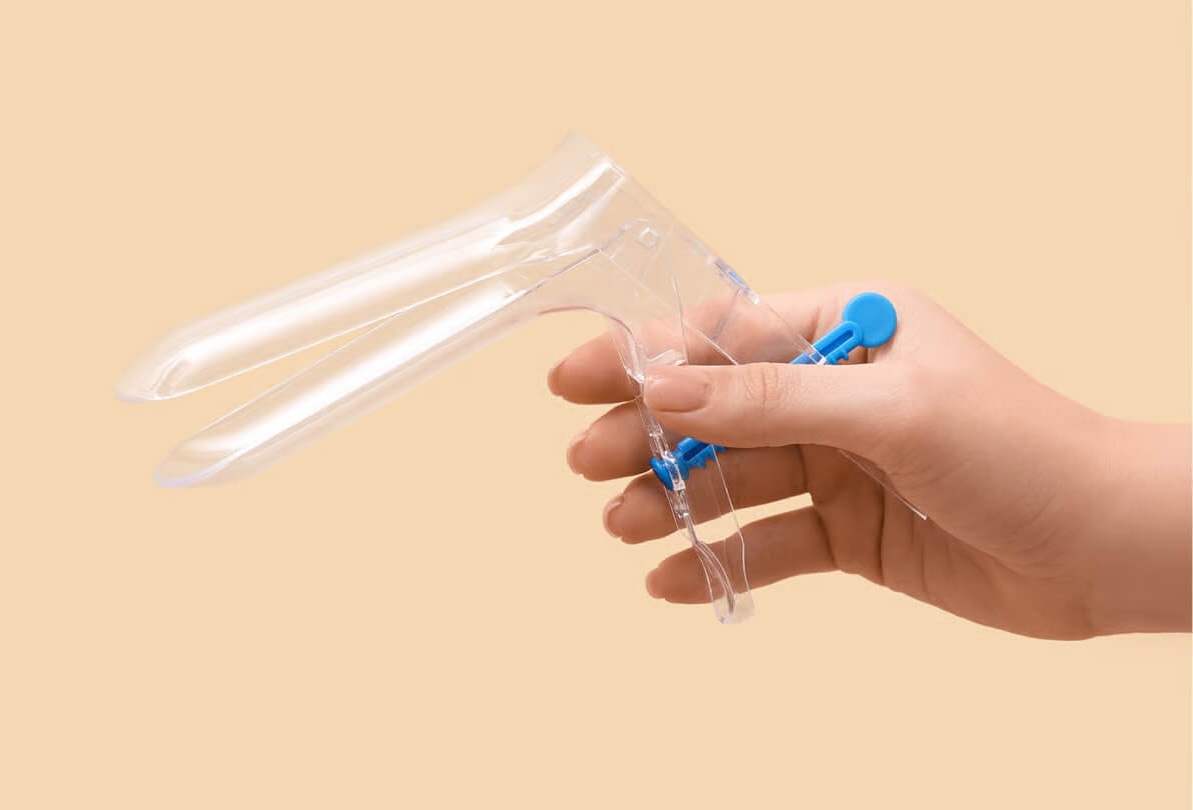What Air Travel Really Does to Your Body - And What to Do About It
As someone who flies weekly, I’ve felt the toll—bloating, dry skin, and that dehydrated, salty feeling. But what causes it, and more importantly, how can we fix it?

As someone who flies once a week (often more!), I’m no stranger to the toll air travel takes on the body. Think bloating, dry skin, and the “I just licked a salt shaker” feeling (the worst).
But why does flying have this effect on the body? And more importantly, what can we do about it?
Cabin Pressure: The Unseen Force
The main culprit is cabin pressure. Airplanes are pressurized to 6,000 to 8,000 feet above sea level, which is way higher than what most people experience (unless you live in a high-altitude city).
At this altitude, oxygen levels drop, triggering mild hypoxia, a state where your body isn’t getting as much oxygen as it needs. To compensate, your blood vessels widen (a process called vasodilation) which can cause fluid to leak into surrounding tissues.
That’s why your hands, ankles, and face may look puffier after a flight, especially if you’ve been immobile for hours. In my case, minutes after takeoff, my rings get tight and my ankles swell. Not pretty!
The Dehydration Factor
Then there’s the air. Airplane cabins typically have humidity levels between 10% to 20%, which is drier than the Sahara Desert. (I’m not exaggerating: the Sahara averages 25%!)
- Here’s Why: The air outside the plane at cruising altitude is extremely cold and holds almost no moisture. Even after it's filtered and conditioned for the cabin, it remains bone dry.
That dry air causes moisture to evaporate from your skin and respiratory tract without you even noticing. The result? Tight skin, chapped lips, and more importantly, dehydration. When you’re dehydrated, your blood thickens slightly, which can lead to:
- Contact lenses feeling like sandpaper.
- One glass of wine feeling like two (or three).
- That sluggish, heavy-legged feeling mid-flight.
- An increased risk of deep vein thrombosis (DVT) especially on flights over 8 hours.
Sodium, Circulation, and Salt Retention
There’s (unfortunately) more. When you’re dehydrated, your body clings to sodium in an effort to preserve water. That sodium retention makes you more prone to fluid buildup in your tissues.
Now toss in salty in-flight snacks, poor circulation from hours of sitting, the inflammatory effects of travel stress and poor sleep, and you’ve got the perfect recipe for a puffy, parched version of yourself.
What You Can Do About It
This doesn’t mean you’re doomed to land looking like the Michelin (Wo)Man. Here’s what I do:
1. Limit Alcohol and Caffeine
Both are diuretics, which means they promote fluid loss. Personally, I completely avoid alcohol and coffee when flying (and pretty much on the ground too).
2. Move Your Body
Get up every 90 minutes to walk the aisle, do ankle circles in your seat, or flex your calves. Movement keeps your blood flowing and helps prevent swelling. Compression socks (they’re not just for your grandmother) can also help. I often wear a pair!
- Science Says: A 2016 review analyzed 11 studies on 2,637 passengers and found that wearing graduated compression stockings during flights reduced the risk of DVT by 90%!
3. Avoid Salty Snacks
Airport food is generally a salt bomb. Go for potassium rich foods (bananas, nuts, dried apricots) as potassium helps balance out sodium and promotes healthy fluid levels.
4. De-Puff Topically
If you’re landing and heading straight to an event (or just want to look alive), try caffeinated eye creams and cool compresses to calm under-eye swelling.
Or, give yourself a gentle lymphatic massage to move fluid and boost circulation with jade rollers and gua sha tools.
5. Don’t Skip Sleep
Try adjusting your sleep schedule a few days before your trip and bring an eye mask or noise cancelling headphones. Melatonin can help, but talk to your doctor (especially if you’re over 50).
Personally, the only time I use prescription sleeping pills is for major time zone shifts, like when I go to Europe or crossing more than 6 from NYC. Here’s how I use it:
On my first night in Europe, I’ll take a sleeping pill at around 10pm Europe time. This way I get 8 full hours of sleep and start my day at 6am the next day, roughly on track to be “normal.”
I also take a sleeping pill for the first few nights back in the US to minimize the chances of waking up at 3am. I find this practice of assuring 8 hours of sleep to be very helpful in dealing with jet lag.
Talk to your doctor about using prescription sleeping pills specifically in this manner. They are NOT for nightly use!
6. Hydrate Strategically
Aim for 8 ounces of water for every hour in the air. But remember, it’s not just how much water you drink, but how well your body absorbs it. That’s why I’m a big fan of electrolyte-enhanced water or low-sugar hydration powders, which help your body actually retain what you’re sipping.


